In the fall of 2023, the Archives received a request for information about Chinese Characters painted on Jackson Hall, the main building of Clarks Summit University. The building used to belong to Maryknoll, and was originally known as the Venard Junior Seminary. Since the characters were no longer visible, the next place to look for records was the Maryknoll Archives. What started out as a simple request evolved into a journey of discovery, filled with frustrating dead ends, exciting Eureka moments, and the unraveling of some fascinating history. Join me as I retrace the twists and turns of this journey!
It is important to note this whole process was not a solo effort. This story is being shared with the explicit permission of all researchers involved. Without our combined efforts, this piece of history could have been lost to the ravages of time.
The initial request came from one of the staff at Clarks Summit University, Chenxi Xu, Mentor for Student Development and Assistant Director of Information Services. Chenxi had heard rumors about the Chinese characters on Jackson Hall from students at the University. These rumors were later validated by Dr. Jim Lytle, President of Clarks Summit University, and Ray Voith, a former student of the Venard. However, no recorded evidence existed at Clarks Summit University, so Chenxi turned to the Maryknoll Archives for answers.
Before we start, let’s set some background for The Venard Junior Seminary and Clarks Summit University. The Venard was Maryknoll’s first Junior Seminary for prospective priests and was established in 1916. It moved to Clarks Summit, Pennsylvania in 1917, a new school building was built in 1919, and the school further expanded in 1929. The Venard operated as a Maryknoll Junior Seminary until 1968, when it was sold to Baptist Bible Seminary. It was renamed Clarks Summit University and the main building was renamed to Jackson Hall.
Searching For Clues
Let’s start our Journey with Chenxi’s initial request. Rumors in hand, she reached out to the Maryknoll Archives looking for answers. Starting out, we had very little information to work off. All we knew was that the Chinese Characters were on the building at some point, and there were two phrases. Initially I found nothing about the characters, but I was looking for a needle in a haystack. After some back-and forth with Chenxi, we established that the phrases were painted on the building’s North Face (see photo) on both sides of the porch (the grey painted section). We had a starting point, but there was still a long way to go.
A Picture Is Worth A Thousand Words
When going through the photos, the primary problem I faced was that hardly any of them showed the North face. With the few I had, the quality was poor enough I could not make out any details. Stumped on the issue, I went to my colleagues in the Archives and they suggested looking at the Glass Negative collection. You can learn more about Glass Negatives in this article, but essentially they offer a sharper, more detailed image than film negatives.
It was in this collection I found a hidden gem (right), taken around 1929 or 1930 while the South Wing was finishing construction. This was one of the only images I had with a good view of the North Face and the porch. While it is not as apparent in the scan, I could clearly see some white spots where the Chinese characters should have been. I excitedly showed my find to my colleagues, and we put it in on our scanner to get a better look.
Unlike the movies, we cannot just “enhance” an image to see the finer details. The image can only ever be as sharp as its native resolution, but luckily we were working with a glass negative. Since the image is naturally sharper, we were able to scan a select area of the photo at a very high resolution. You can see our scans on the right, and the results are amazing. Not only could we confirm that there was indeed Chinese Characters on the building, we could even make out the shape of the characters!
In the moment, this breakthrough was so exciting. We went from virtually no information to definitive proof of the Chinese Characters. I sent along my findings and continued to search through our records for more information. After a few hours of research I found… nothing. Frustration! With so much left to go through and no more leads, we had to reevaluate the time investment of the research. After speaking with Chenxi, we decided that the University’s Library Team should pay a visit to Maryknoll.
Visit To Maryknoll
The Clarks Summit Team made their trip in early November. The team split up to cover different types of records. Within a few hours we had our next Eureka moment, with a single diary entry from April 16th, 1928. You can read the full entry on the right, but the most interesting detail is that the panels came first. Now our goal was to find more information about the panels and when the characters were painted.
Low Sunday, April 16th. Temperature down to 20 degrees tonight – Peter Leung Hingkee’s Chinese panels arrived Yesterday “T’in Man Sin Kok; Chue To Tziat Cheun”. Heaven’s People First Perceive, Lord’s Doctrine Penetrates, Spreads; or “God’s People’s doctrine; First Acquired; Understood, Propagated”. It all depends upon the degree of poetry in the translator and whether you read across or first one and then the other. They are handsome and impressive, and we are grateful to Peter for his gift and to Fathers Downs and Borer for their good offices. One of the panels top molding was broken in transit. After mending, we shall hang them in the chapel, as they are too precious for outdoors. The inscriptions will be copied in paint on the North Wall of the college.
The Venard Diaries, April 1928
The Last Few Details
I returned to the diary entry found during the visit and studied it for clues. In the entry I noticed the names of two fathers: Fr. Downs and Fr. Borer. After looking into the names, I figured out they were Fr. William J. Downs and Fr. Wilbur J. Borer. Both of these Fathers were working as the Hong Kong Procure in the late 1920’s, when the panels would have been made. The Procure was in charge of getting goods in and out of a region, which means the panels most likely came from Hong Kong.
Originally Br. Albert Staubli (builder of many structures at Maryknoll and abroad) was going to create the panels, but then Peter Leung Hing-kee offered to sponsor their construction. Mr. Leung Hing-kee was a native of Hong Kong, owner of several hotels, and a devout Catholic. He arranged for the creation and shipping of the panels as a way to thank Maryknoll for its service to Hong Kong. Construction of the panels finished in November 1927, with Fr. Borer noting they “were a fine piece of work.” The panels shipped in late 1927 and arrived at the Venard on April 15th, 1928. Their construction was so well done that the panels were deemed for inside use only, with replicas being painted on its intended home.
This is sadly the end of the panel’s history. I could not find any information about when the painting was done or where the panels currently reside. While incomplete, our findings had far exceeded our initial expectations. When the request first came in, I only expected to find a quick mention in a random letter. Instead we uncovered an amazing story going all the way back to Hong Kong.
Translating the Panels
The sentences on the panels are a couplet. In China, a couplet consists of two poetic sentences of four to seven characters each. The first sentence of the couplet is the one on the right, and the second is on the left. The two sentences relate to each other in meaning, grammar, and tones. Sometimes the two lines of poetry rhyme. The content of the poetry is usually Chinese proverbs and positive thoughts. Each character in the same position in each sentence usually matches grammatically.
In China, a couplet is usually written in black ink with Chinese brush on red paper. Common places to hang a couplet include on both sides of an outside door and in the main hall of a house. The Field Afar has documented some photos of couplets at Maryknoll missions in China. For example, the Wuchow mission had a couplet on the two sides of its front door[1]. The altar in Bishop Walsh’s Kongmoon pro-cathedral had a couplet is on its two sides[2].
On the Venard panels, each of the two sentences of the couplet has four Chinese characters. Each Chinese character in its position along with translations and romanizations are below. The Maryknoll romanization is based on Cantonese and the Pinyin romanization is based on Mandarin.
[1] October 1929, Volume 23 Issue 11, p. 276.
[2] March 1931, Volume 25 Issue 3, p. 79.
Chenxi Xu
Mentor for Student Development and Assistant Director of Information Services, Clarks Summit University
Two details stand out. First, when putting together the first character in each sentence, the words become 天主, the Chinese Catholic term for the Lord.
Second, the first sentence, 天民先觉, is exceptional because it is a pun. It originates from writings by Mencius (391-308 B.C.E.) and is being applied to a Christian setting. In Mencius: Wan Zhang I, Mencius explains that Heaven plans for people who first comprehend the principles of Yao and Shun to teach others the same principles. In ancient China, Heaven is commonly understood as a deity. Yao and Shun are two legendary emperors of great virtues. Mencius records that an honorable farmer, Yi Yin claims: “Heaven’s plan in the production of mankind is this: that they who are first informed should instruct those who are later in being informed, and they who first apprehend principles should instruct those who are slower to do so. I am one of Heaven’s people who have first apprehended; I will take these principles and instruct this people in them. If I do not instruct them, who will do so?”[1] Though Mencius is not referring to Christianity, the passage reminds Christians of Rom 10:14-15, “How then will they call on him in whom they have not believed? And how are they to believe in him of whom they have never heard? And how are they to hear without someone preaching? And how are they to preach unless they are sent? As it is written, ‘How beautiful are the feet of those who preach the good news!’ ”[2]
[1] Translated by James Legge, retrieved from https://ctext.org/mengzi/wan-zhang-i
[2] English Standard Version
Chenxi Xu
Mentor for Student Development and Assistant Director of Information Services, Clarks Summit University

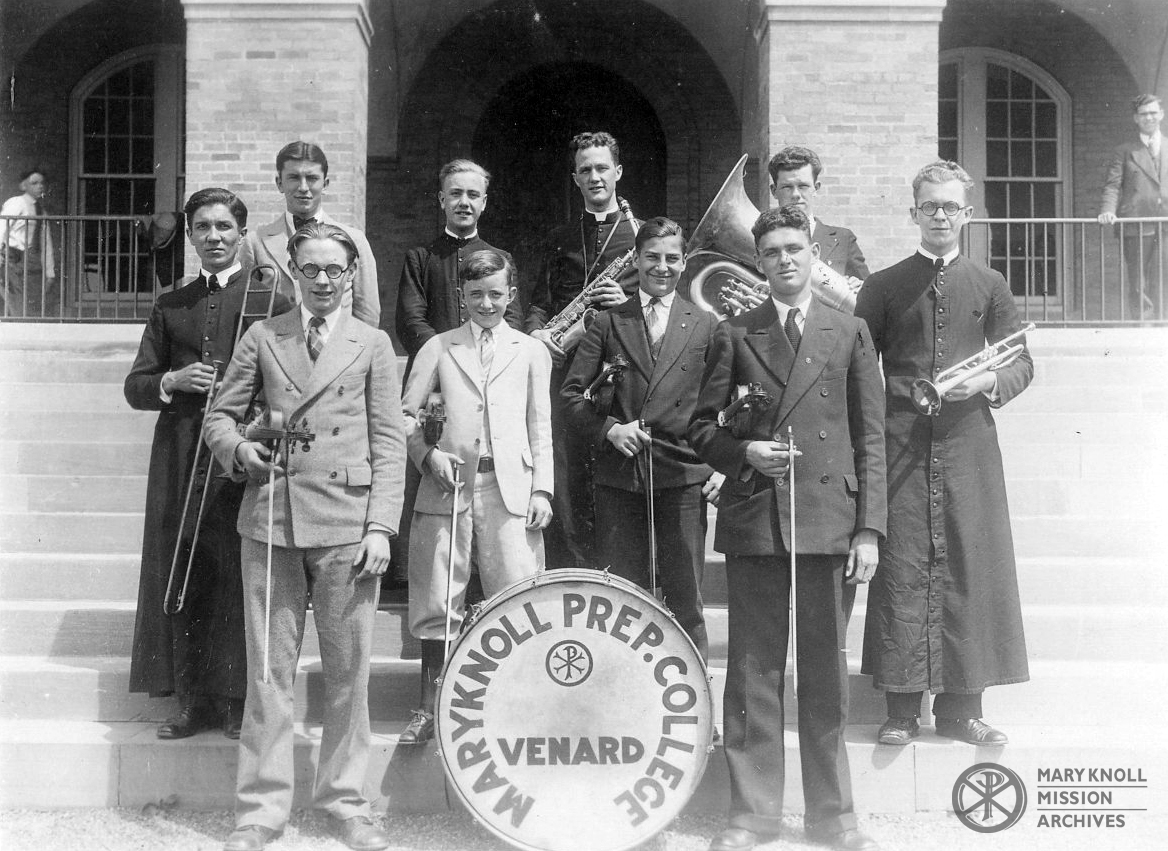
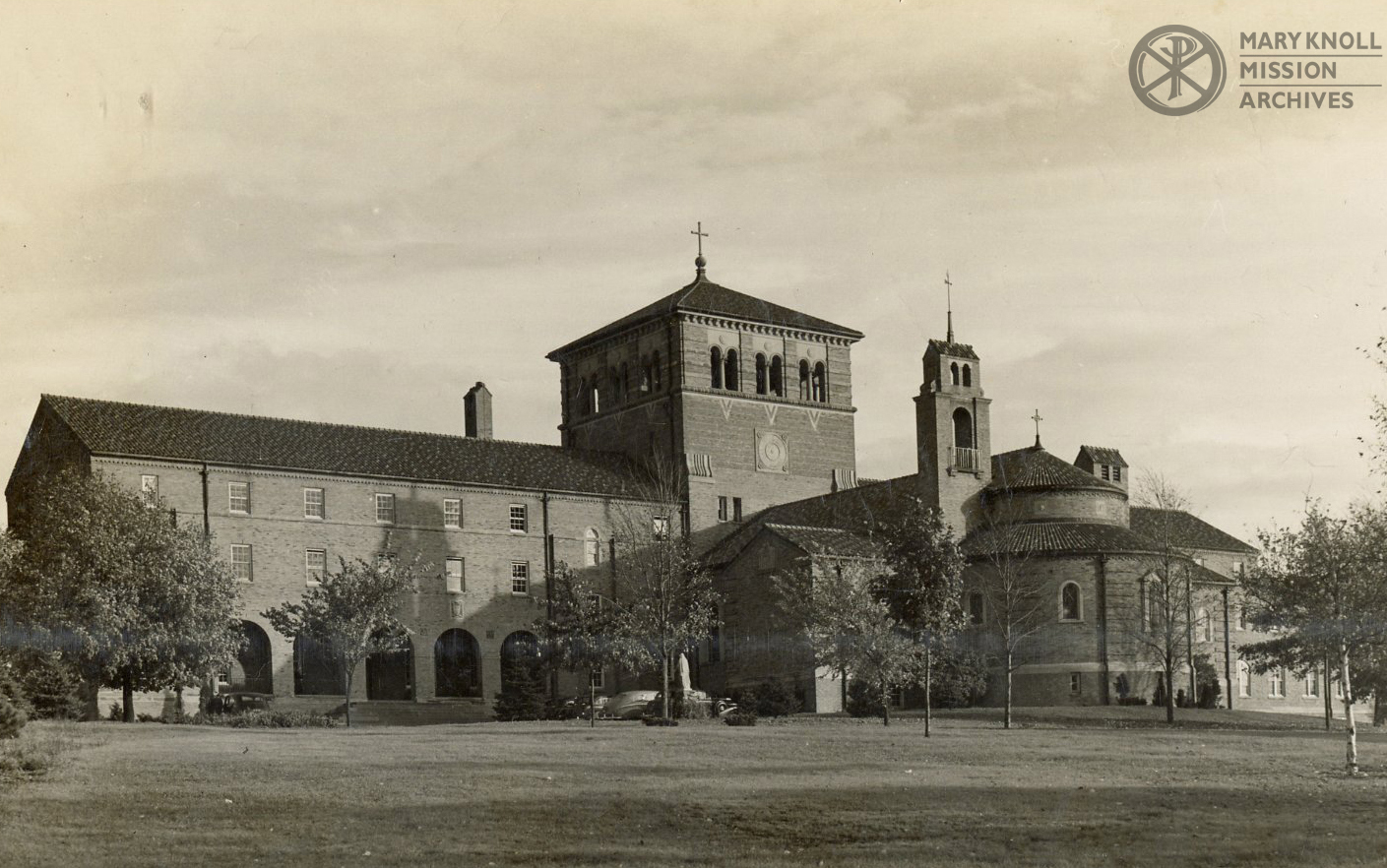
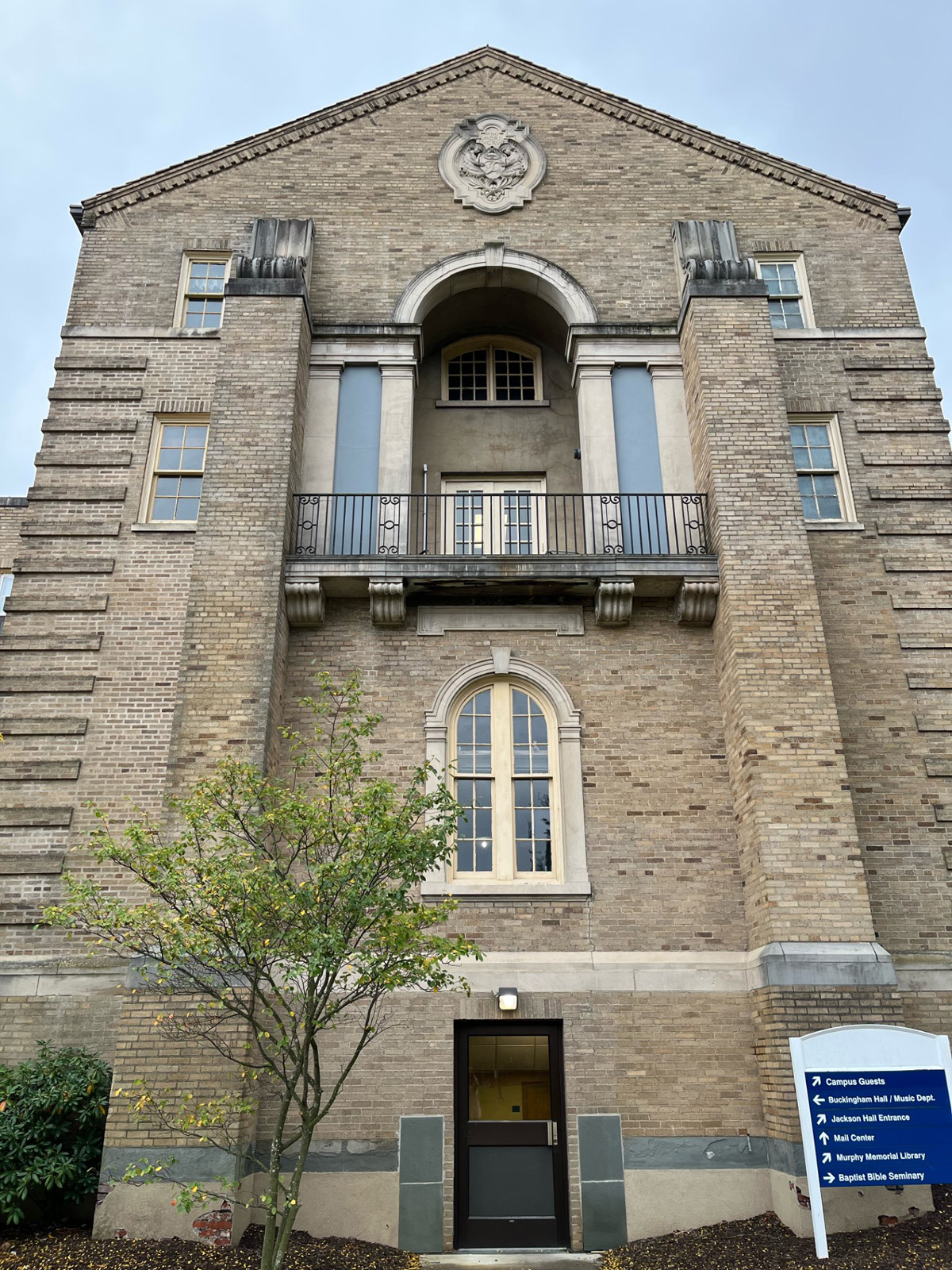
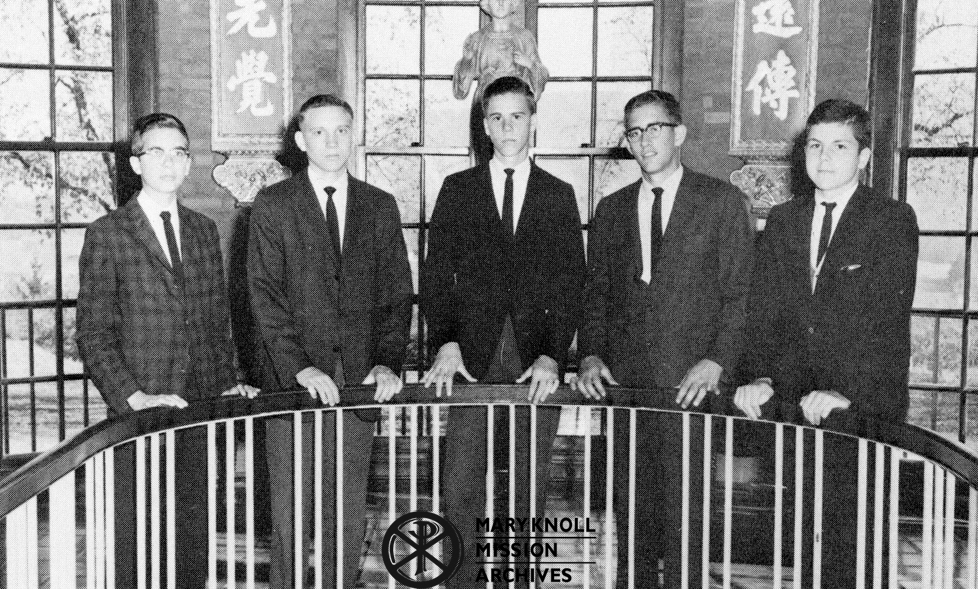
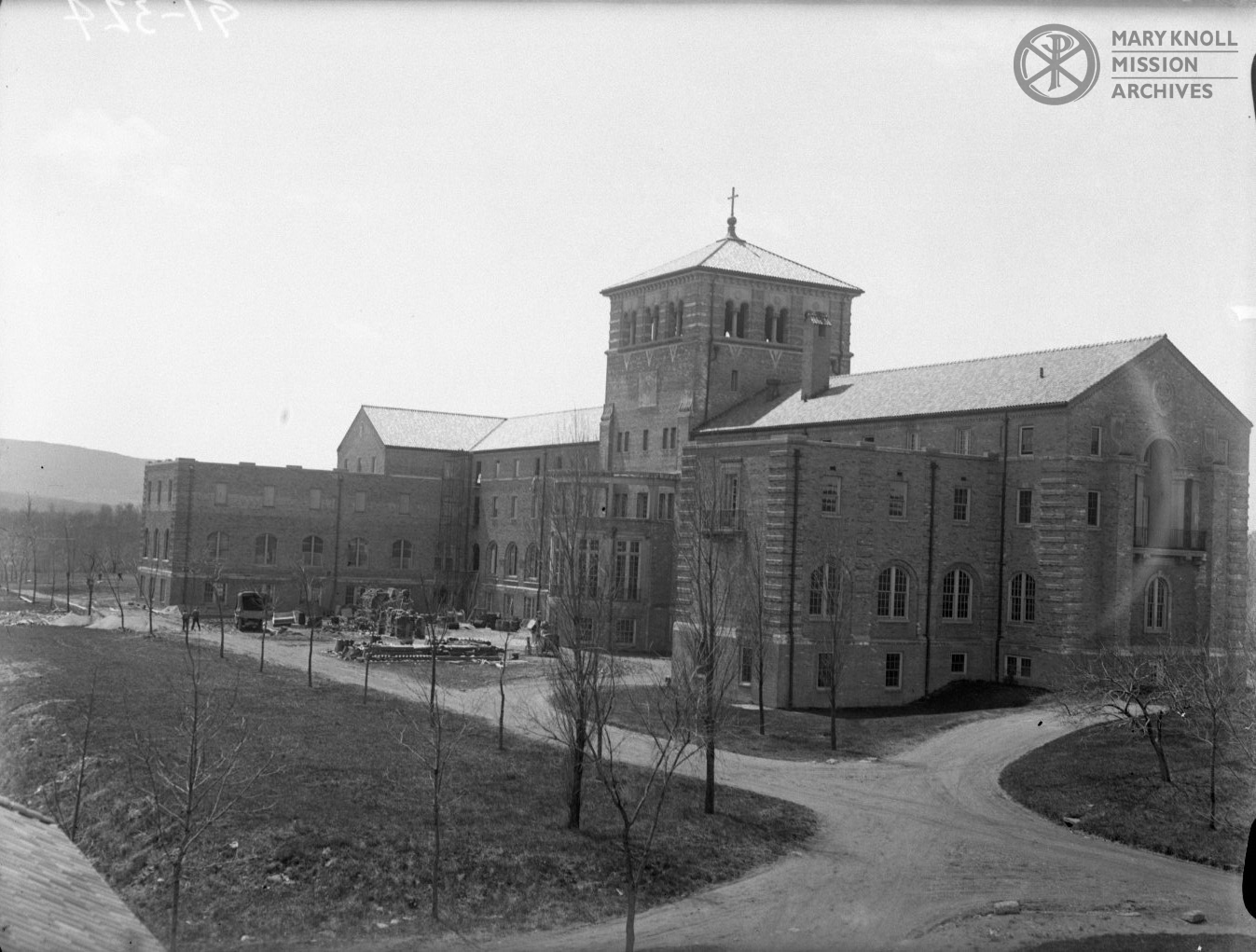
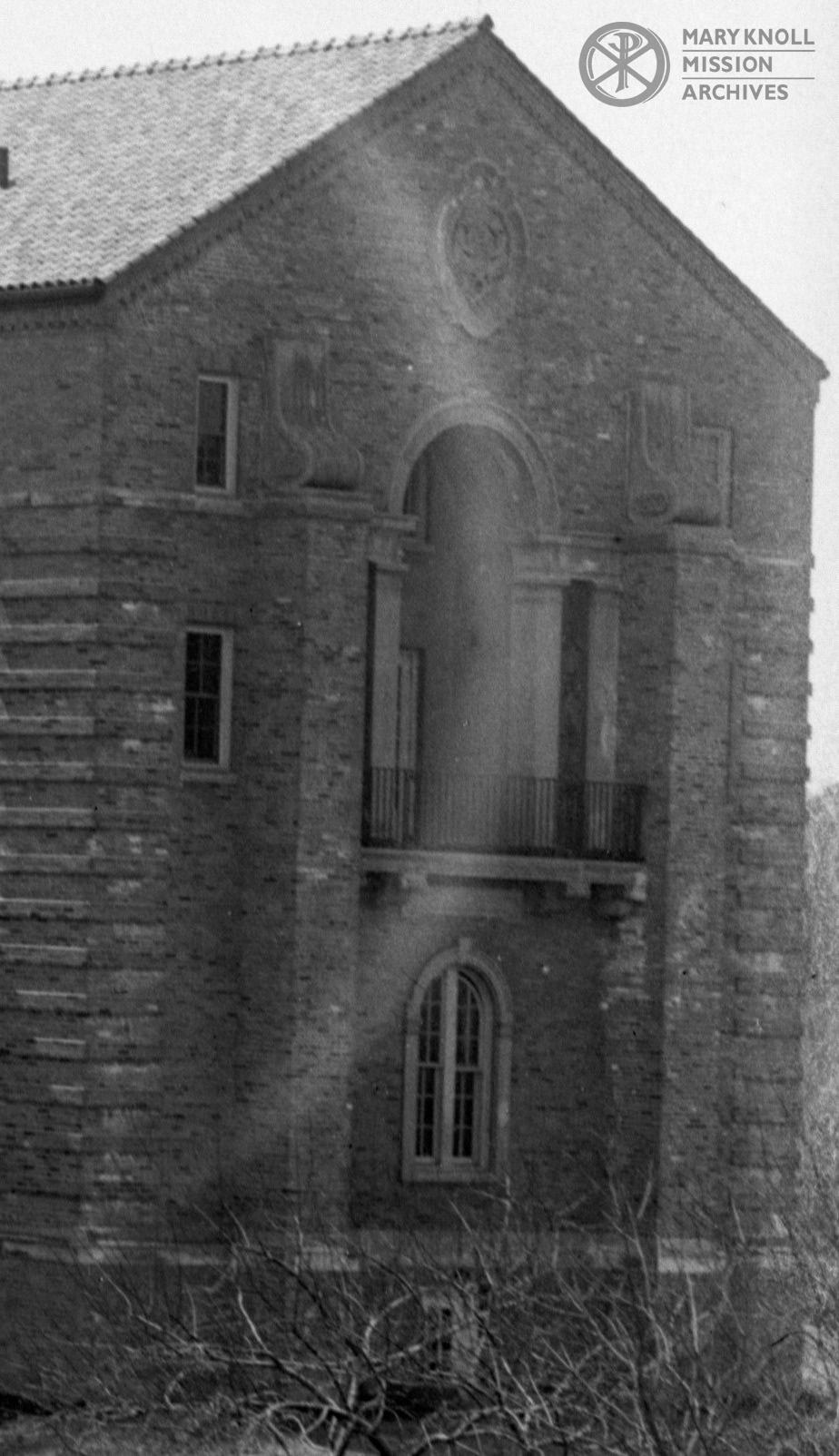
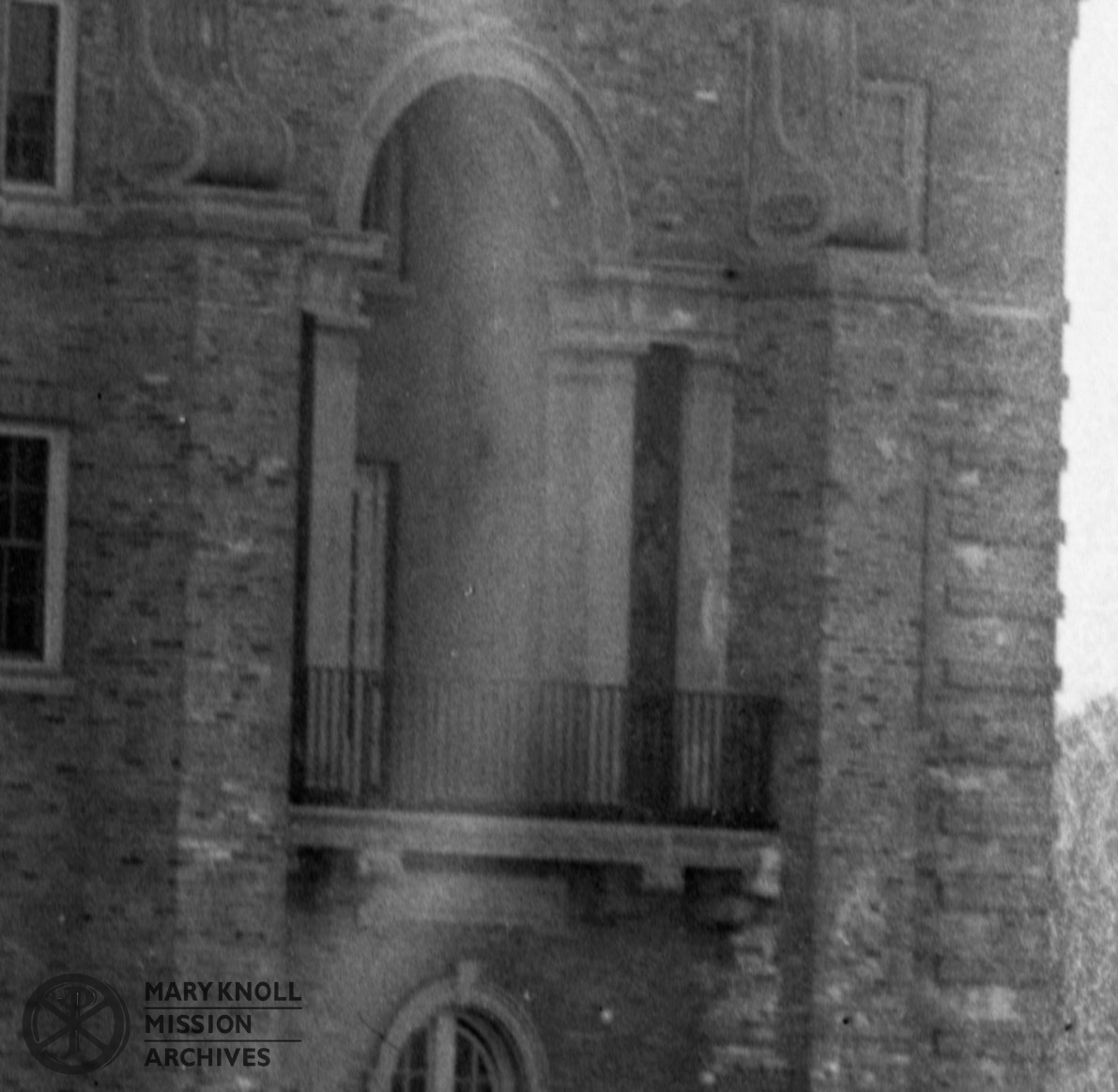
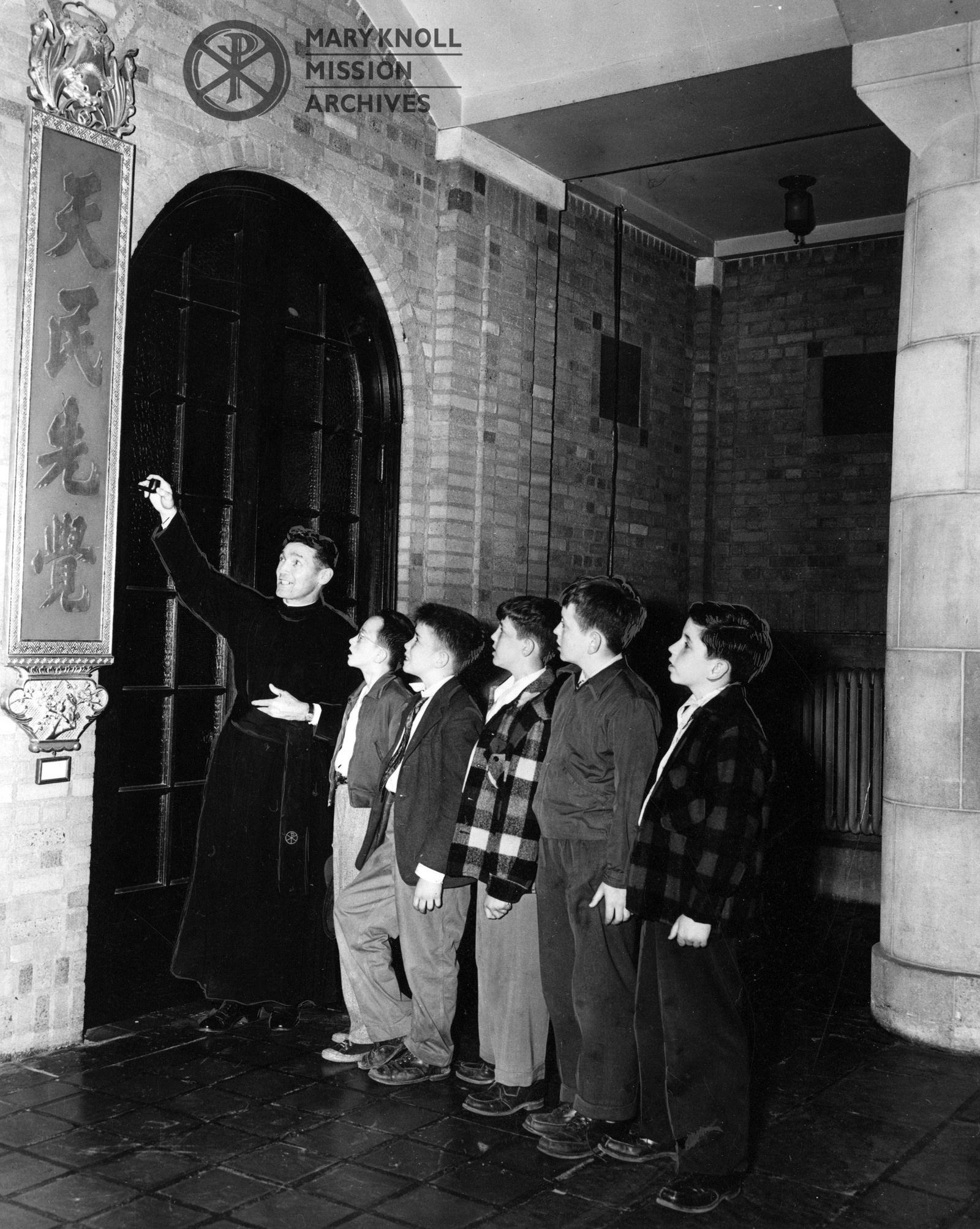
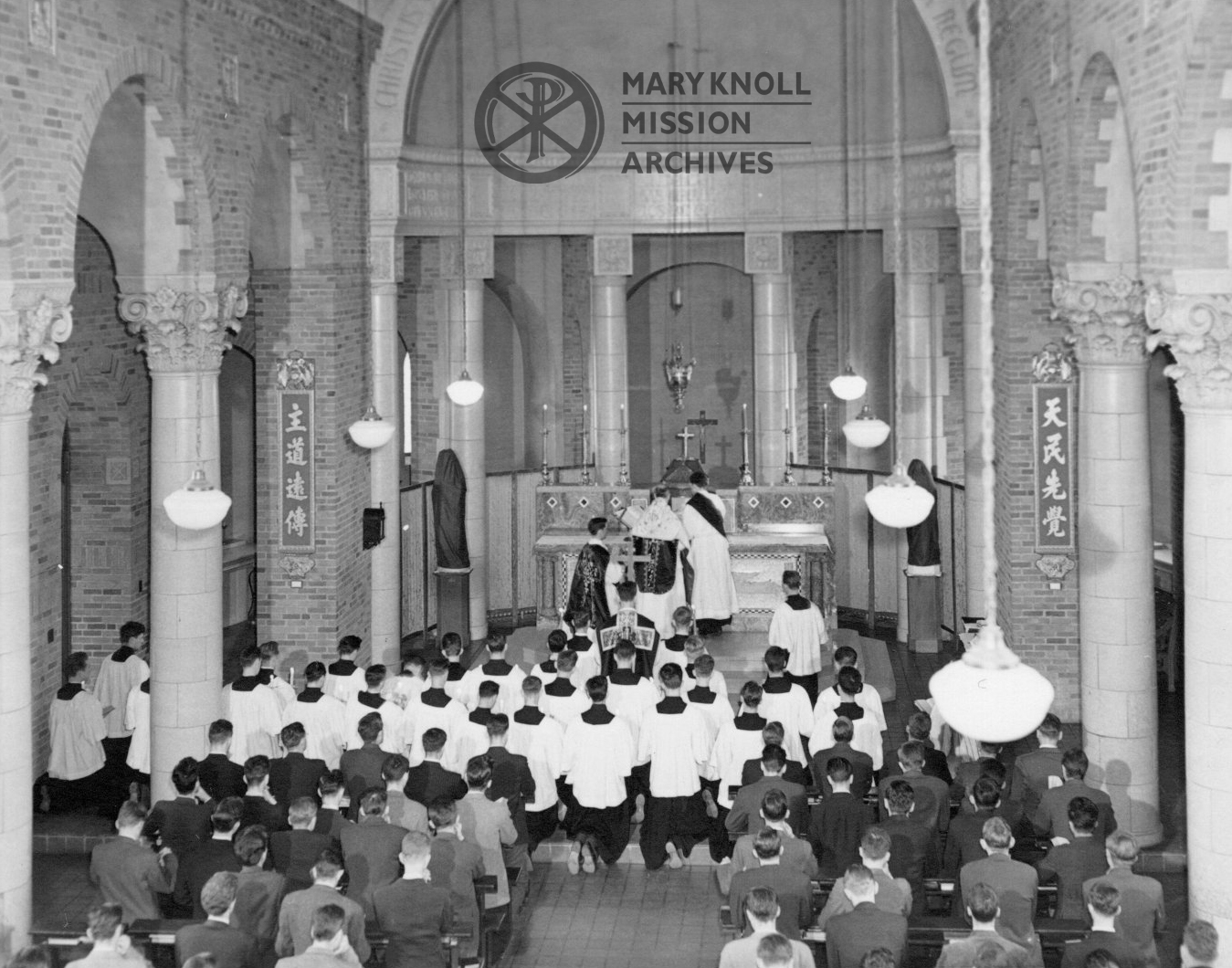
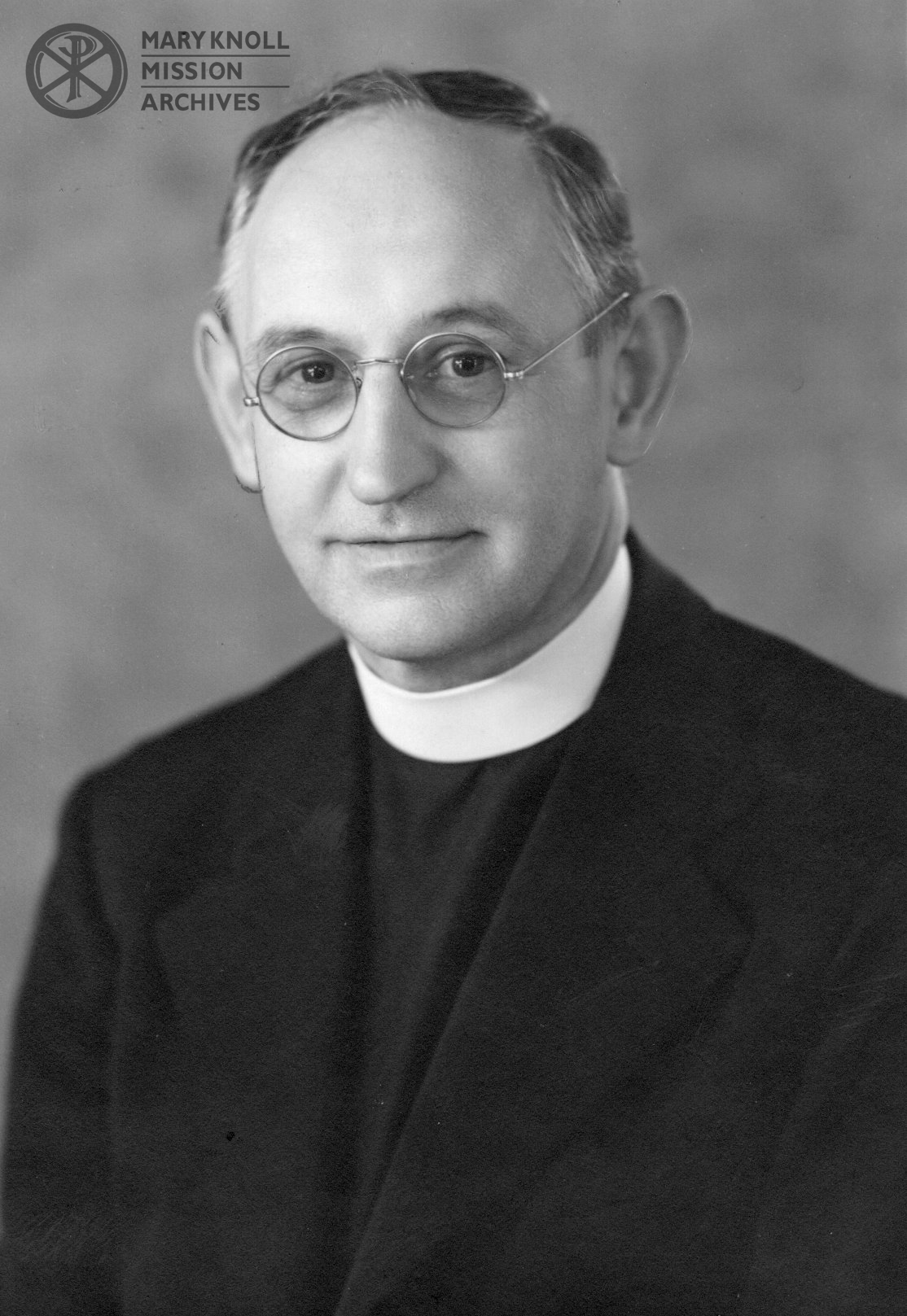
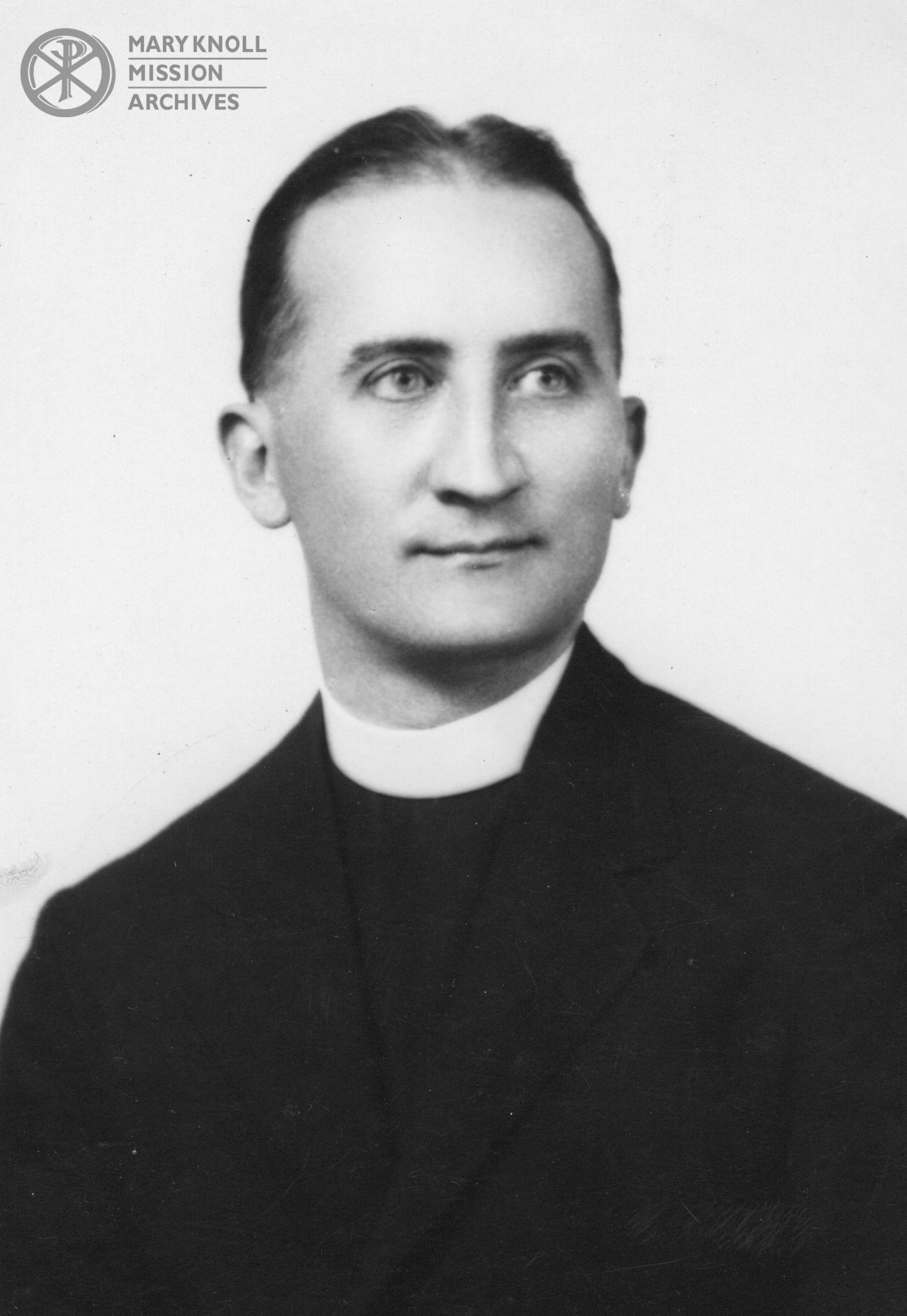

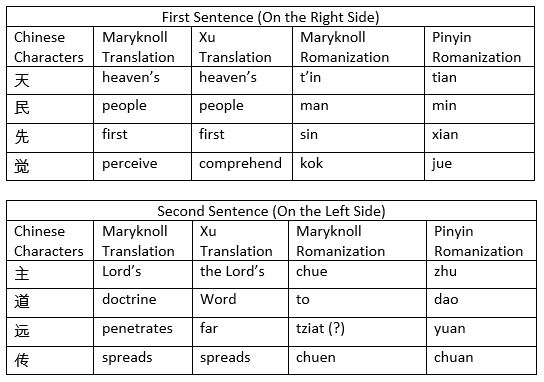
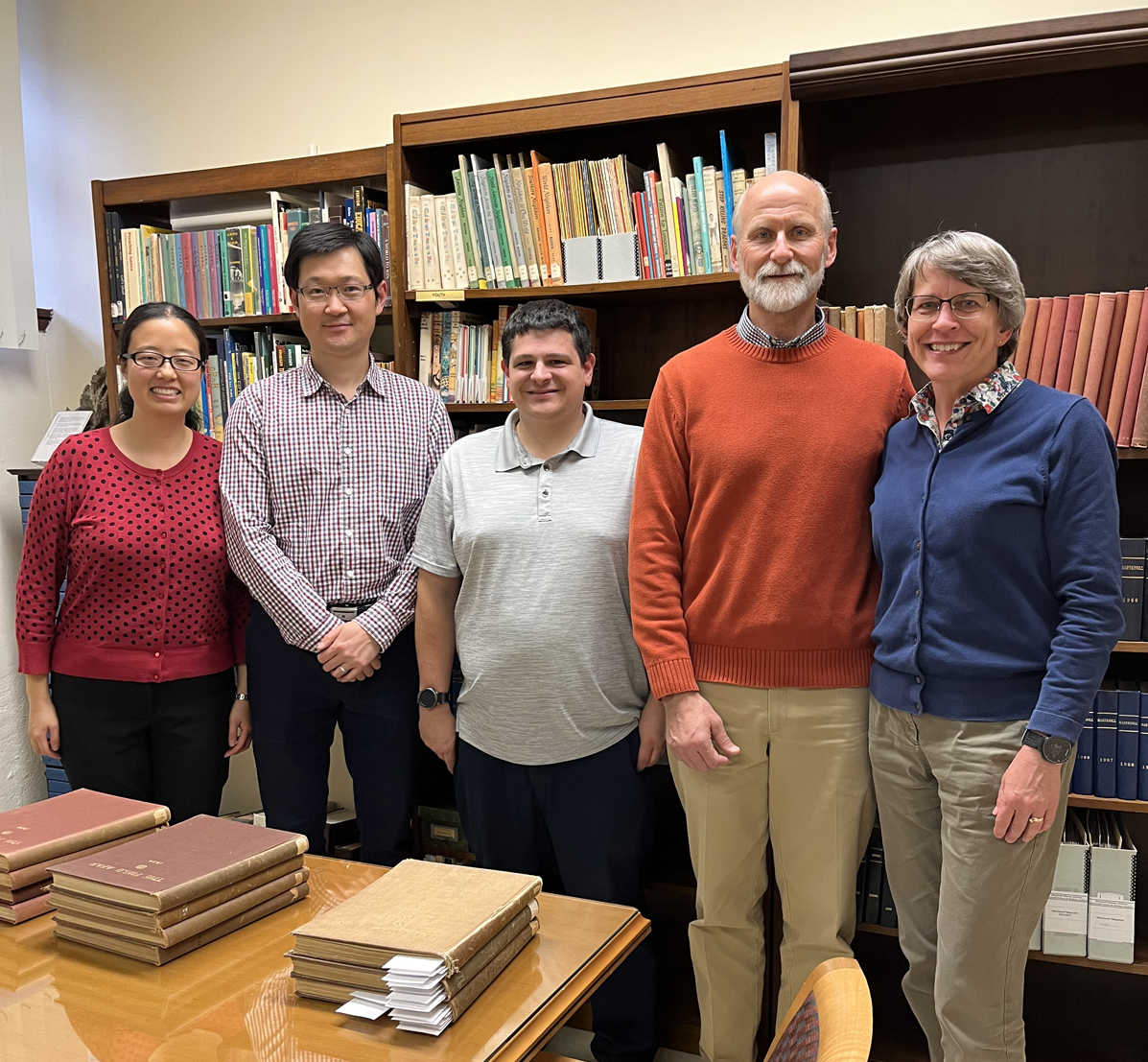
Amazing discovery at last! I was a student at Baptist Bible College, now Clarks Summit University, from 1969 until 1972, when I graduated.
I remember being enamored with much of the beautiful architecture and art work that was still preserved in the building and grounds. So much has changed since then; after all that was over 50 years ago. I studied some of the history of the Maryknoll Fathers and couldn’t help admiring their missionary fervor, especially, their missions in China. The sacrifices they made were astonishing, in many cases including imprisonment and death. I also wondered why the building and grounds were sold to the Baptists by the Maryknoll Fathers. After studying the history of why they no longer had enough vocations to keep the seminary open, I came to the conclusion that as a result of the Vatican 2 Council, which ended in 1965, the Roman Catholic Church suffered a severe loss of priests, monastics and nuns, as well as lay people.
I never knew about the Chinese Characters on the building. Thanks to the great work done by Chenxi and others, now I do. I thank The Lord for Chenxi’s interest and diligence for this project.
This was great to see! I just so happened to be the source of this rumor, another student, Ning (Chenxi’s husband), and I were talking about the building when it was brought up. My father had mentioned to me a couple of years ago that while he was at Clarks Summit someone had mentioned these Chinese characters to him, as well as the fact that a ginkgo tree here on campus was brought from China. Thanks for all your work- this was an extremely interesting bit of history.